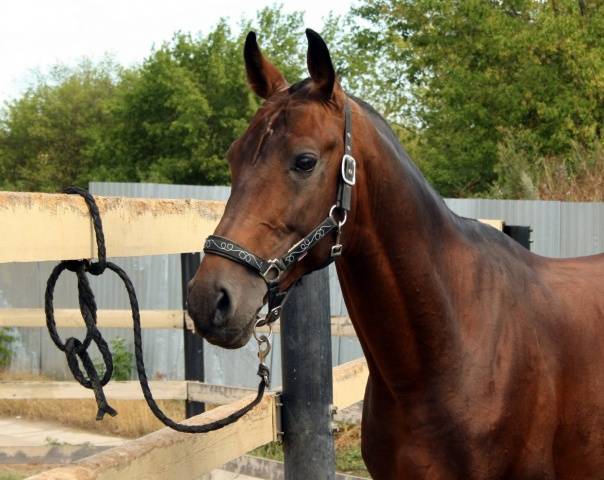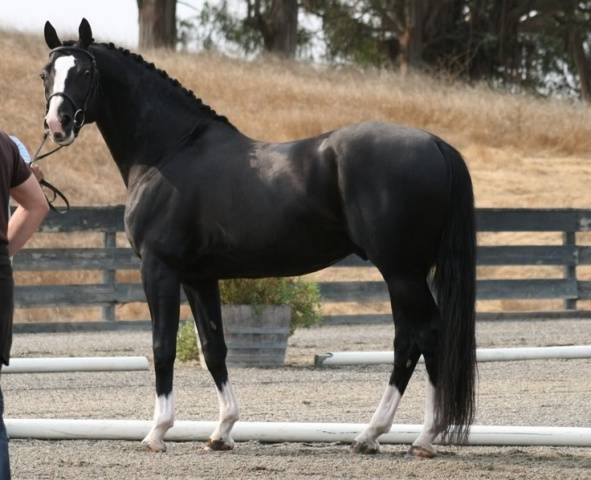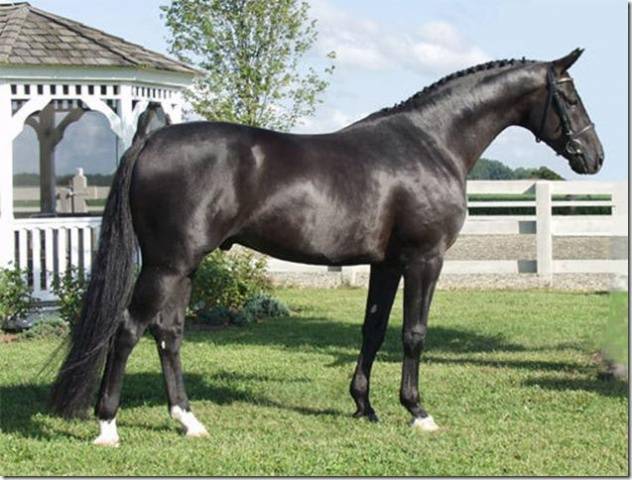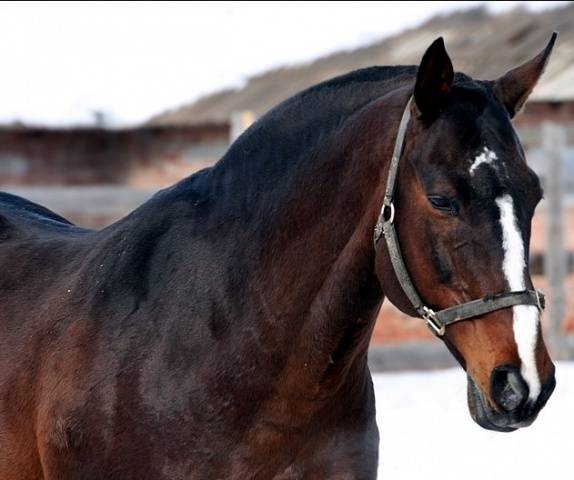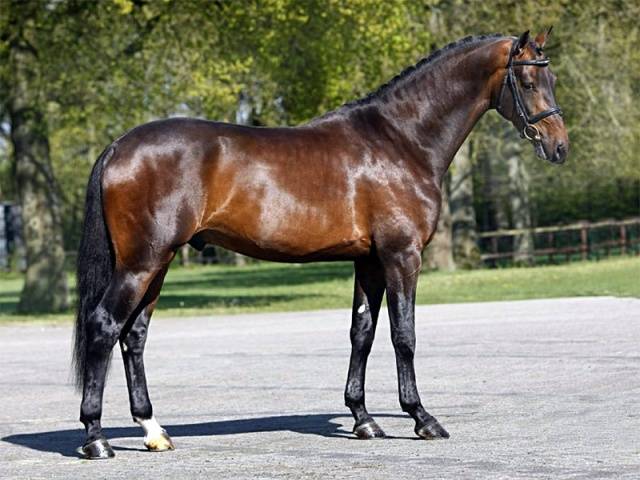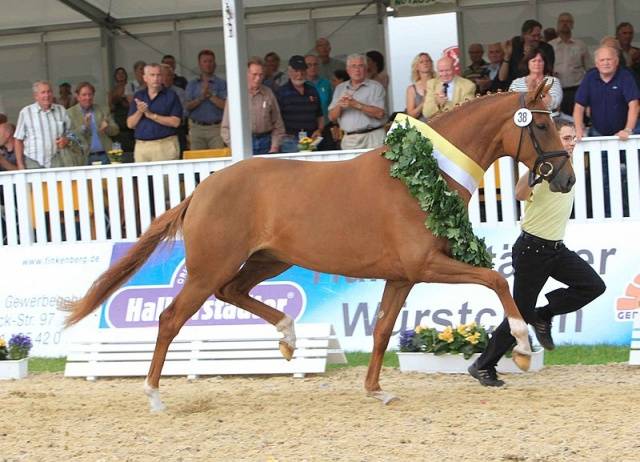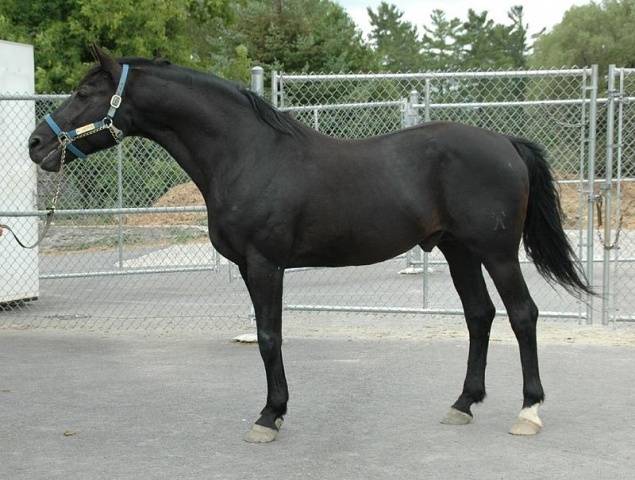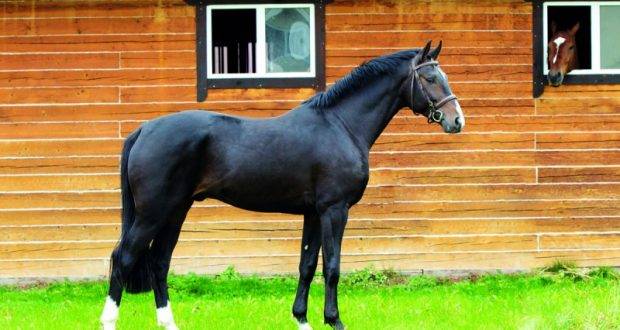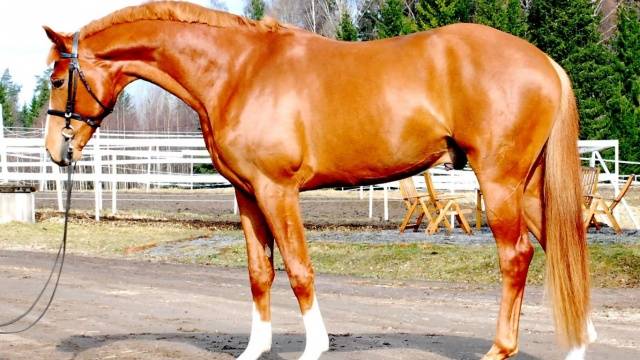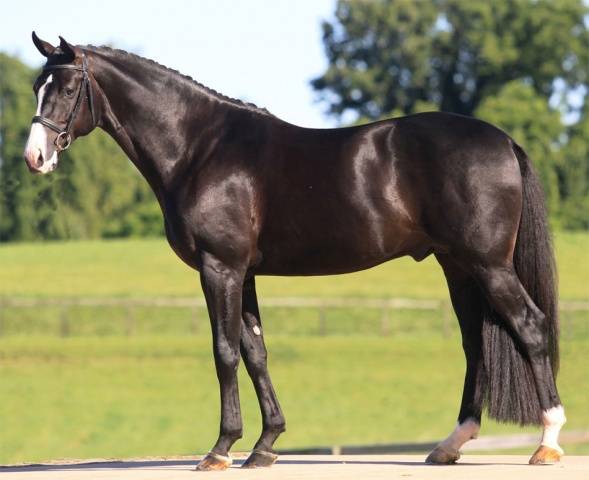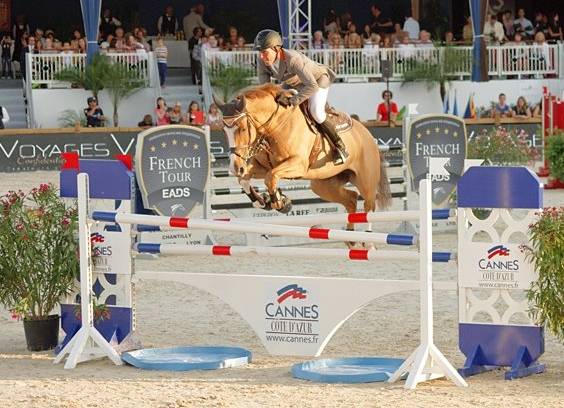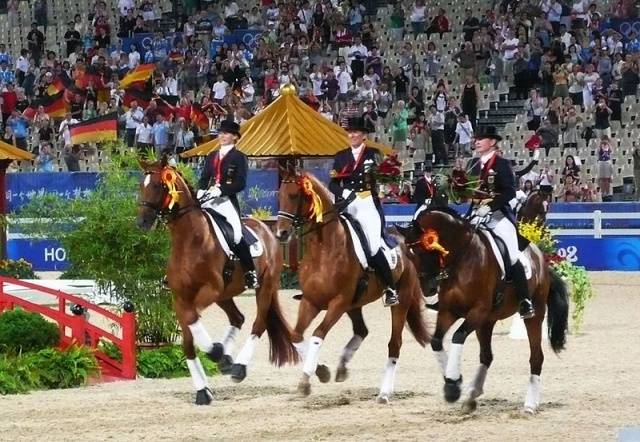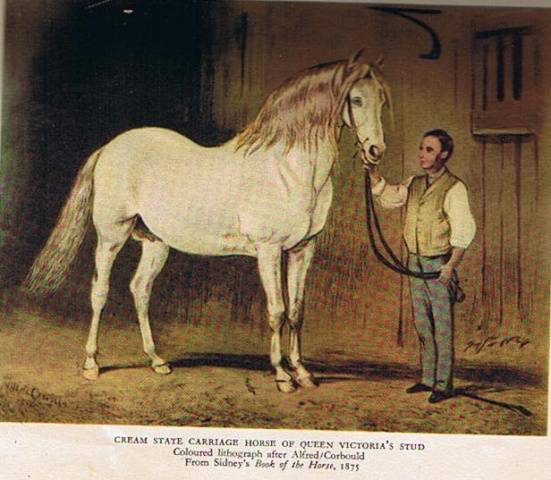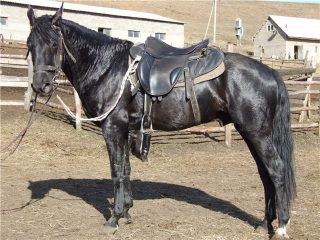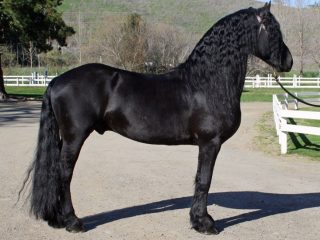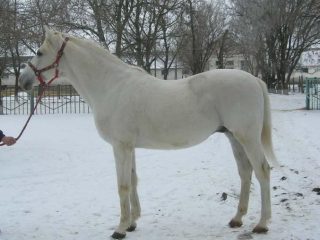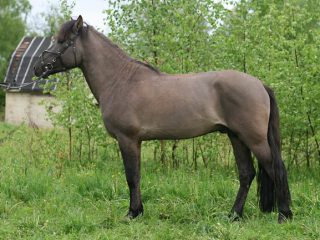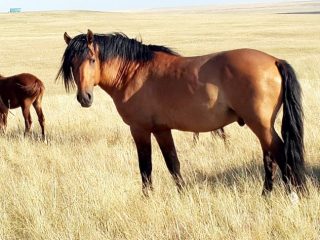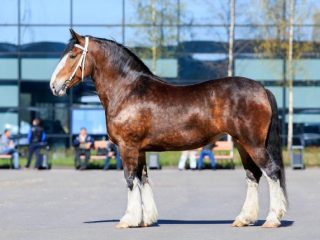Content
One of the most numerous sporting half-bred breeds in Europe, the Hanoverian horse was conceived as a universal breed, suitable for agricultural work and service in the cavalry. Today it is difficult to believe that in the 18th century the purpose of the horses bred at the state stud farm in Celle was to work as a harness in peacetime and to carry artillery in wartime. Particularly high-quality specimens were even used for officer saddles and royal carriages.
Story
The plant in Celle was founded in 1735 by the King of England and also the Elector of Hanover, George II. The local mares of today's Lower Saxony were improved by stallions of German, English and Iberian origin. Quite quickly, the Hanoverian horse breed acquired its own special type, which is clearly visible even in today's Hanoverians. Despite the fact that the breed was changed to suit “today’s” demands.
The horse in the painting, painted in 1898, shows almost the same appearance as today's Hanoverian horses.
In 1844, a law was passed allowing the use of stud stallions on private mares for breeding purposes. In 1867, breeders founded the first society engaged in the production and training of horses for the needs of the army. The same society produced the first studbook of the Hanoverian breed, published in 1888.The Hanover soon became one of the most popular breeds in Europe, used in sports and the military.
After the First World War, the demand for Hanoverians as a military horse breed decreased significantly and the number began to decline. At that moment, horses began to be required that were suitable for working on a farm, that is, relatively heavy and powerful. They began to change Hanoverians to suit current needs, crossing them with heavy-duty breeds.
To a certain extent this is true. But work on farms was only an episode in the history of Hanover. Even at this time, the Hanoverian horse breed retained the characteristics of a military and sporting horse. The Hanoverian horse spent World War II as a draft force for light artillery.
After World War II, the demand for sports horse breeds increased again and the Hanoverian began to be “repurposed” again, “lightening” the Hanoverian with Thoroughbred riding stallions. Anglo-Arabs and Trakens were also added. The key to success was the desire of breeders to adapt to the changing market, a large number of livestock and careful selection of breeding horses. The resulting modern sport horse is not very different in type from the original. The photo of a modern Hanoverian horse shows that, compared to the painting, its body and neck are longer, but the general type is quite recognizable.
Nuances of breeding
Today, the breeding of Hanoverian horses is under the jurisdiction of the Hanoverian Breeding Union, as far as Europe is concerned. In Russia, VNIIK is in charge of registering purebred foals and issuing breeding documents.The approaches to breeding of these organizations are at opposite poles.
VNIIK principle: from two purebred Hanoverian horses a purebred foal is born, which can be issued breeding documents. Even if the foal turns out to be very unsuccessful, he will receive his documents. Later, owners often breed in what a qualified breeder would call a breeding marriage and remove from breeding. Therefore, in Russia you can often buy a thoroughbred horse that is not suitable for any field of activity. And this applies not only to Hanoverian horses.
The policy of the Hanoverian Union is different. Hanoverians have an open stud book and these horses can be bred from any other breed, provided that the individual used has been licensed for use on Hanoverians. If the offspring meets the requirements, it is entered into the Stud Book as a Hanoverian horse. Stallions are usually used to inject fresh blood.
Considering that German breeds are all related to each other and can cross with each other, a horse is often written not as the breed its parents had (as in Russia), but according to its place of birth. For example, Westphalian horses have the same stallion lines as Hanoverians.
The modern market requires a large, elegant horse with good movement and jumping ability. Infusions of external blood and strict selection are aimed at improving Hanoverian horses in this direction.
The headquarters of the Hanoverian Breeders' Union is located in Verdun. The main auction of Hanoverian horses is also held there.900 heads of young Hanoverian breed are sold per year. The Union also conducts selection of breeding stock and licensing of stud stallions.
Exterior
The photo shows that Hanoverian horses have a typical athletic build of a rectangular format. The oblique length of their body is greater than the height at the withers. There are several types in the Hanoverian breed: from heavy, in which draft blood is noticeable, to the so-called “commander” - a tall, large horse of a purely riding type.
Hanoverians have a long neck with a high neck and often a large head. Modern dressage lines have an oblique shoulder blade with an “open” shoulder, allowing them to carry their front legs forward and upward. Short loin. Strong back. In dressage lines it can be relatively long. For showjumpers, a short back is preferred. The height of Hanoverians ranges from 160 to 178 cm and above.
Hanoverians can be red, black, bay and gray. Colors with the Cremello gene: dun, nightingale, isabella - are not allowed for breeding. Excessively large white markings are also prohibited.
For dressage, they prefer to take black horses of the Hanoverian breed. This is not due to the superpowers of horses of this color, but to the fact that dressage judging is subjective, and a black color looks more impressive than a red or gray color. But such a preference does not mean that the path to dressage is closed to individuals of a different color. It’s just that, other things being equal, they will prefer the black one.
There are no such problems in show jumping. The main criterion there is the ability to jump.
Historical incident
The coat of arms of Lower Saxony depicts a white horse rearing.There would be nothing unusual in this: heraldry is a conventional thing, and among the Hanoverians there are gray horses. But it turned out that white Hanovers really existed.
In those years, the concept of the breed was very conditional, and white Hanovers appeared in Lower Saxony even before the founding of the plant in Celle. They began to be bred back in 1730 in Memsen. Where these horses were brought from remains unclear. What is known is that some of the horses came from Denmark. Descriptions of individuals of this population by contemporaries vary. In some cases, dark spots in foals are mentioned. Since the horses were collected from everywhere, there is an assumption that there were individuals with a dominant white color and small-spotted dappled ones. The white Hanoveran population lasted only 160 years. With each generation, the vitality of animals decreased. Inbreeding, practiced from generation to generation, added to the problems. There was no selection of horses based on performance; the emphasis was on color. As a result, the population of white Hanovers suffered the fate of all show lines that focused on one extreme difference. In 1896 it ceased to exist.
Cream "Hannover"
A completely mysterious group. And in fact, it may be that the coat of arms of Lower Saxony actually depicts not a white horse, but a cream horse. There is simply no such color in heraldry.
Cream Hanoverans appeared 20 years before the founding of the plant. King George I, having ascended the throne of Great Britain, brought with him from Prussia cream horses, which at that time were called royal Hanoverans.
The suit of this group is not reliably known. “Cream” is a very conventional name, which hides a very light coat color.It is believed that these were horses with a yellowish or ivory body and a lighter mane and tail. However, a surviving portrait of one of these Hanoverans, ridden by George III, shows an animal with a pale golden body and a yellow-brown mane and tail.
The stallion is of the Baroque type and there is a reasonable belief that in fact the cream Hanovers are of Iberian origin.
The “cream” population existed until the beginning of the twentieth century. But the livestock was constantly declining due to increasing inbreeding depression. In 1921, the factory was disbanded and the remaining horses were sold at auction. The economic factor also played a role here, since the maintenance of the royal “Hanoverans” at that time cost the treasury 2,500 pounds a year.
A surviving black and white photo of cream Hanoverian horses shows that even here the tails are darker than the main body.
Reviews
Conclusion
Hanoverians, being one of the best sporting breeds in the world, in Russia require a careful approach to choosing a specific horse for the assigned tasks. It is often better to buy a ready-made horse than to take a “young and promising” one. Often, due to poor foal management, a horse develops health problems very early. And the pursuit of growth negatively affects the horse’s musculoskeletal system.
